When I decided to make the jump into portrait photography, I started off with a pair of Canon 580 EX II Speedlites and the PocketWizard MiniTT1/FlexTT5 system to accompany them. While I was able to make decent use of them with umbrellas and the Kacey Beauty Dish, I did need a ‘real’ studio strobe for more power.
I backordered the Paul C. Buff (PCB) Einstein 640 in April, but the fulfillment of all the pre-orders is still on-going. So odds are, I won’t have my Einstein until August at the earliest. So I decided to go ahead and order an Alien Bees B1600 strobe to tide me over until the Einstein order actually ships. I placed the order a few weeks ago and also ordered a Vagabond II Portable Power System and a large (47″) octabox with the B1600. PCB gives a discount on accessories with the purchase of a strobe (on the same order), so it’s a good idea to get some accessories when you place an order for a strobe with PCB.
After several days in transit from Tennessee (and an extra weekend because of a delay by UPS), I received my order. Opening the toys, it is apparent that PCB does an excellent job boxing the items for shipment.
The B1600 ships with the flash tube installed, but the modeling lamp in a separate box. It’s a standard Edison-base bulb.
The B1600 also ships with a basic 7″ reflector which can be used with an umbrella.
The back panel of the Alien Bees units, including the B1600, is analog (buttons, switches, and sliders). It’s fairly intuitive to understand.
The PCB Vagabond II Portable Power System is basically a portable sealed lead battery and sine wave inverter system designed to provide portable power to modeling strobes so you aren’t tethered to wired AC power. With the Vagabond II, you can get out of the indoor studio and shoot outdoors on location with studio strobes. PCB ships the Vagabond II system with the battery and inverter in a carry bag, with an AC power cord for charging the actual battery and clamps to charge it off a car battery.
After the unboxing of the B1600, the Vagabond II, and the large octobox, here’s what it all looks like put together on a Giottos LC-325 lightstand:
According to manufacturer specifications, the B1600 weights 3.7lbs. The PCB 47″ large octabox weight isn’t listed on the manufacturer website, but I would say it weighs about 5-7lbs. The Giottos lightstand is rated for 10kg (~22lbs for us non-metric system people), so the weight isn’t an issue for the stand. For me, the primary concern with the stand is it tipping over from being top heavy (and with the wind). I thought about sandbags, but while I browsed for products sold as “photography sandbags” I realized the Vagabond II case has two straps with quick-releases on the back which allow it to be clipped to a light stand and function as counterweight.
In the above photo, you can also see the PocketWizard FlexTT5 transceiver strapped to the lightstand. Instead of taping or using velcro to keep the FlexTT5 attached, I ordered a PW ‘caddy’ from FlashZebra.com, which is also where I purchased the 1/8″ to 1/8″ mono sync cord used to connect the B1600 and the FlexTT5. Note that I opted for the 6 foot cord with a right-angle connector on one end. The right-angle plug lets the cable hang naturally down from the strobe. As far as a 6 foot cord, this gives me the flexibility of taking the transmitter farther away from the strobe, in necessary, due to any sort of RF interference that could occur from the B1600. While unlikely, the long cord gives me peace of mind that I can distance the FlexTT5 if needed.
The B1600 comes with a 15 foot long power cord. This is way too long for using with the Vagabond II since I have the power pack directly below the strobe. So I found some unused Apple Xserve power cables I had in the office (hence the white power cord in the previous photo) which measured 6 feet. I actually think 4 feet would be ideal, so I’m probably going to dig one of those up whenever I get the chance.
Here’s a short video of me showing off the B1600 with the octabox:
I was able to take the new rig to a group shoot at a private estate/residence in Monrovia last Saturday (June 19) and break-in the new strobe, power system, and octabox. I really liked the setup outdoors. I did find a couple of notable issues.
One is that the whole setup weighs quite a bit. The Vagabond II weighs about 20lbs. Combined with the B1600, octabox, and lightstand, it’s about ~33lbs. It’s manageable to move around, but with the group shoot outdoors and constantly moving from location to location, spot to spot, it wears you down. If anything, it’s important to have a good method to carry your camera while you’re moving your lights. I actually forgot my Black Rapid RS-4 that day, and ended up just using my Cotton Carrier holster on the Think Tank Photo belt which worked out perfectly fine.
The other issue is that while the stand is weighted down well, the wind can turn the octobox on the stand, even when you tighten down all the knobs on the center column of the stand and the actual B1600 knob. I may design my own adapter (for the strobe to lightstand connection) to minimize the rotation of the B1600 when the wind blows the large modifier that may be attached to it.
That said, the setup functioned great. No issues with the PocketWizard communications nor the B1600 firing (except when I accidentally switched my MiniTT1 transmitter off). The recycle times were more than fast enough and I operated on 1/2 to 3/4 power most of the time. Not to mention the battery lasted the entire shoot. I fired the B1600 over 625 times on Saturday and the Vagabond II had plenty of power left (plugged it in the following day at home and fired the B1600 a several times to test).
I had intended to get a photo of myself in action with the new lights at the aforementioned group shoot, but was immersed in the actual act of working with the models so I neglected to do so. But another photographer (Mark Tienswang) happened to snap a candid photo of me:
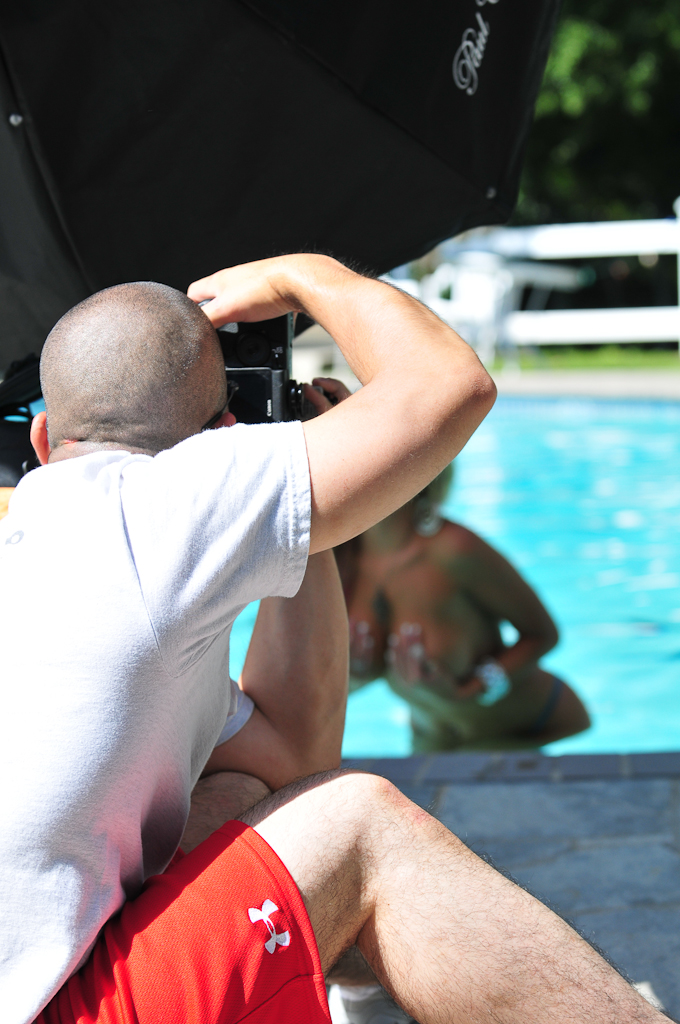
I did end up using a 580 EX II off-camera via the PocketWizard FlexTT5 for some fill on occasion. A one light setup should be enough for most basic situations (just need to be creative with shadows). I do have the slight desire to get an Alien Bees B800 for a second light. But I still have the Einstein 640 on backorder. I may just hold off until that comes in. Then again, it’s always nice to buy more toys/tools.
If you wish to buy any of the equipment mentioned in this thread, they can be purchased from:
The following photos were taken on 06/19/2010 at a group shoot that took place on a private estate/residence in Monrovia. All photos used the B1600 with the octabox as the main light.

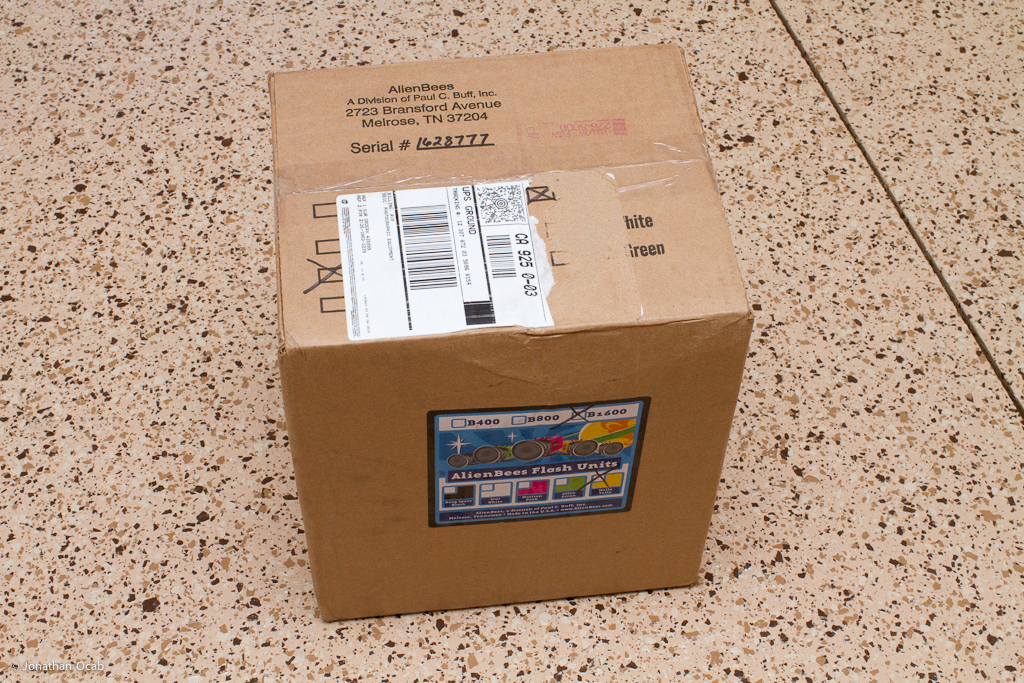
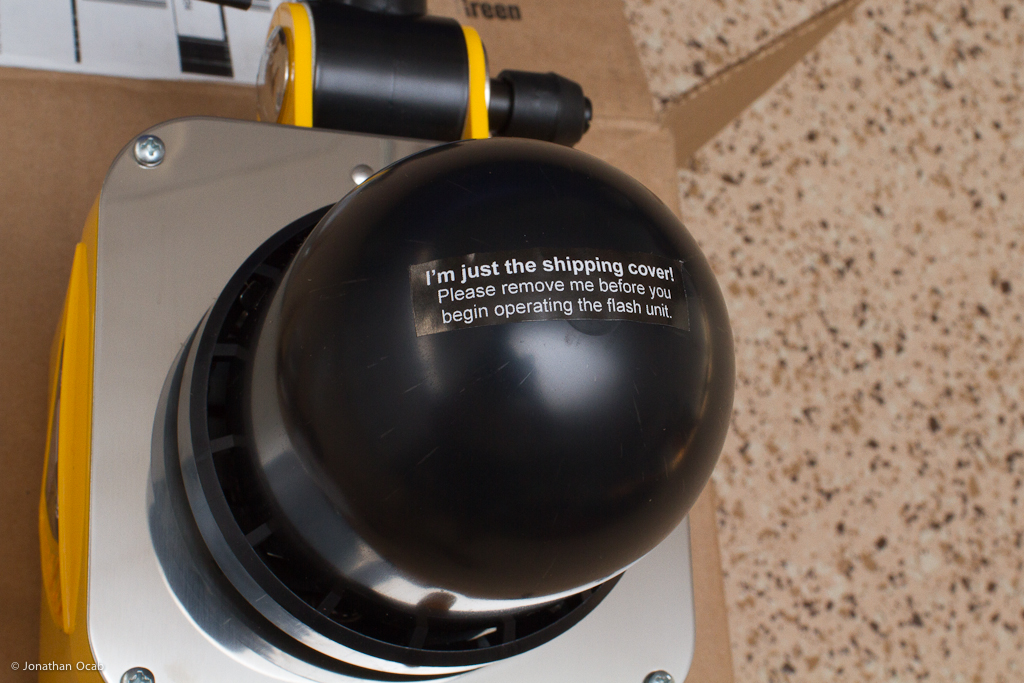
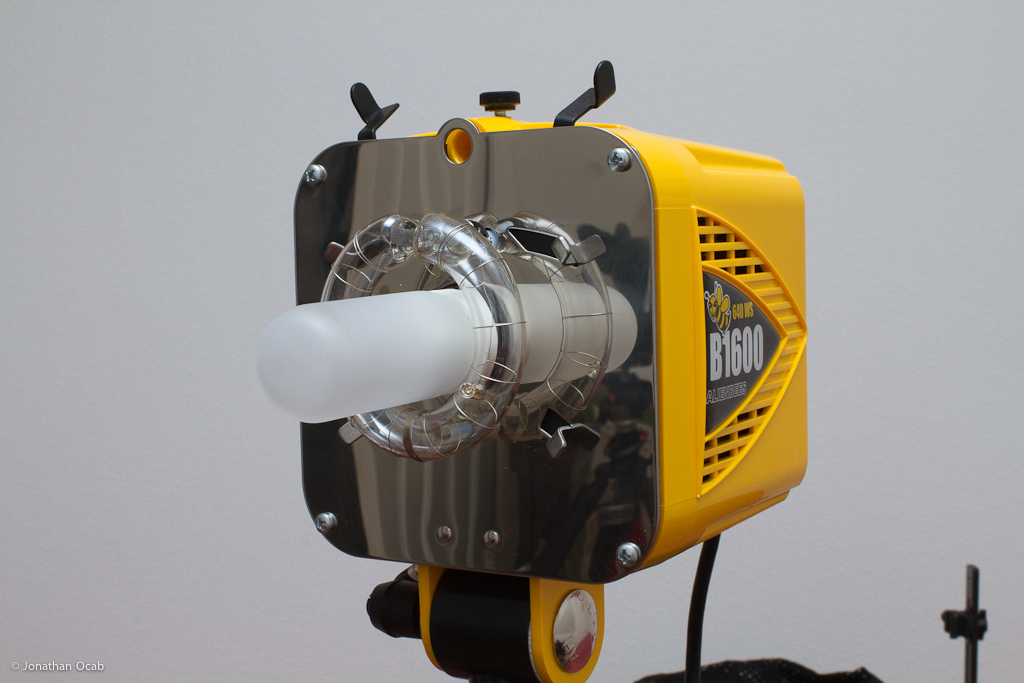
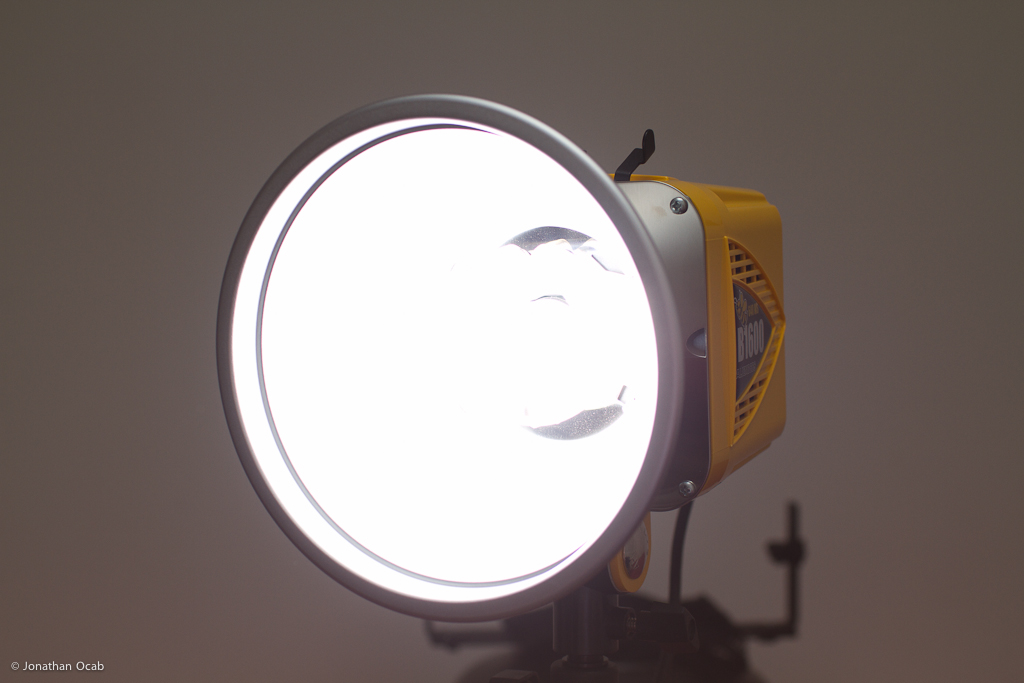
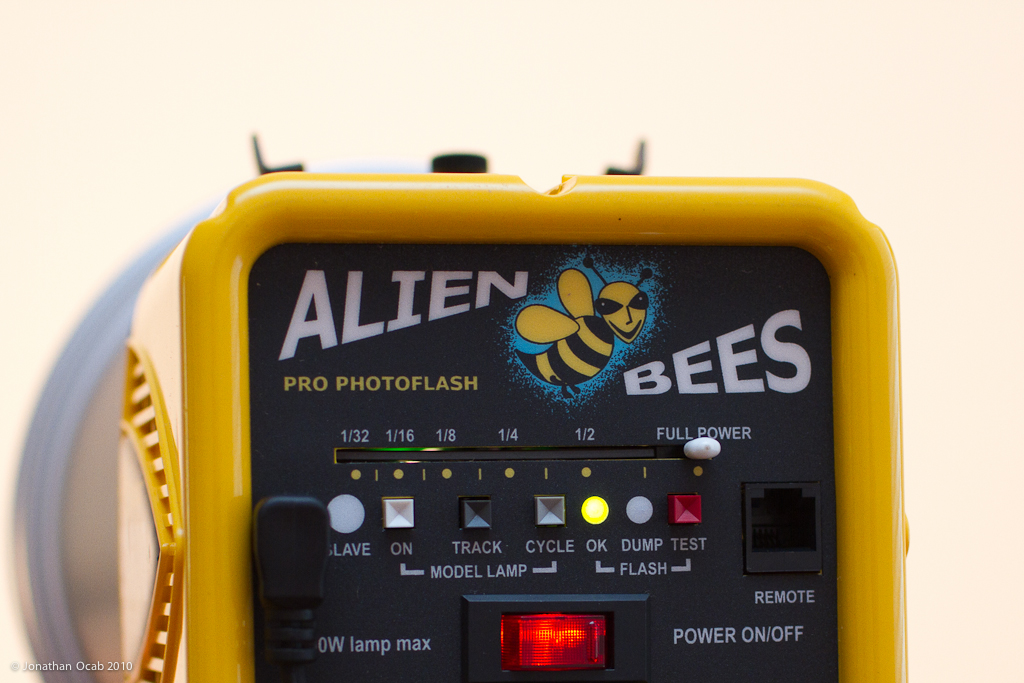
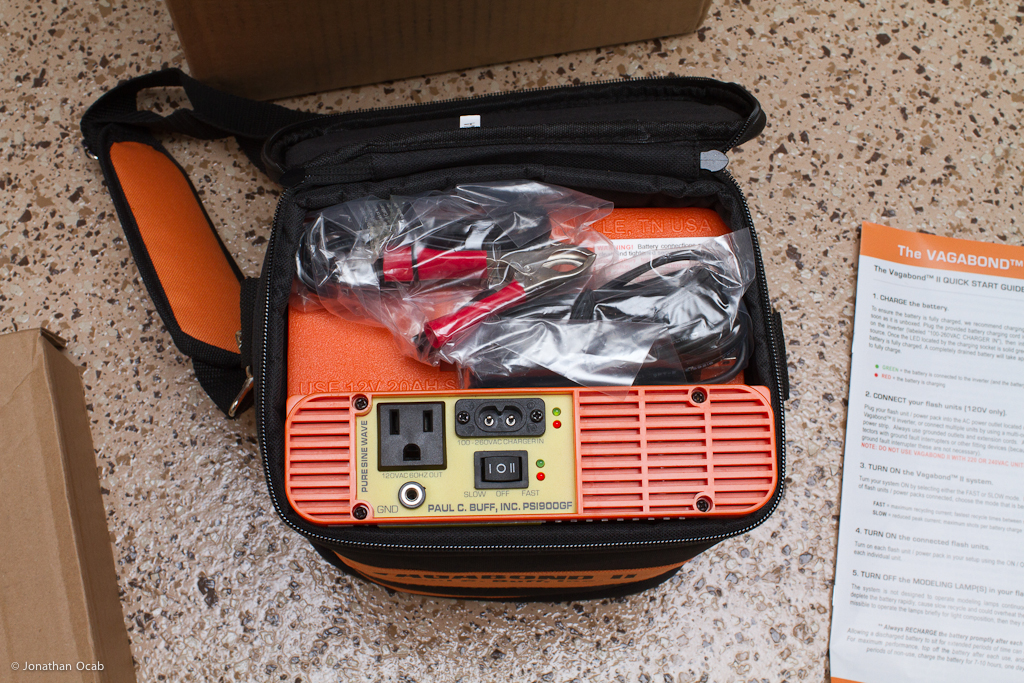
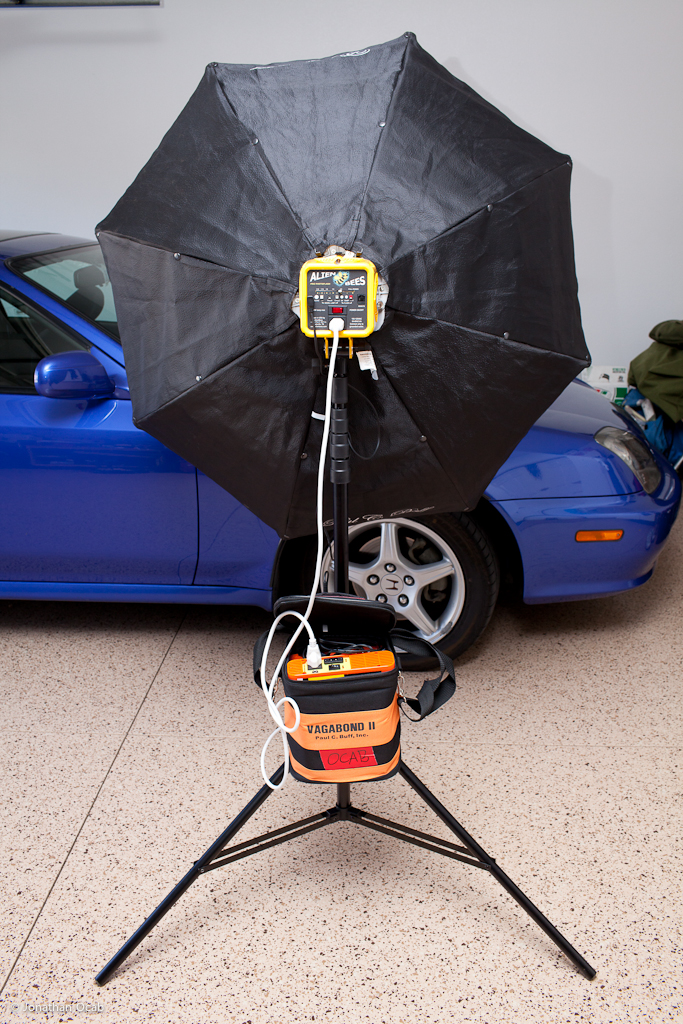
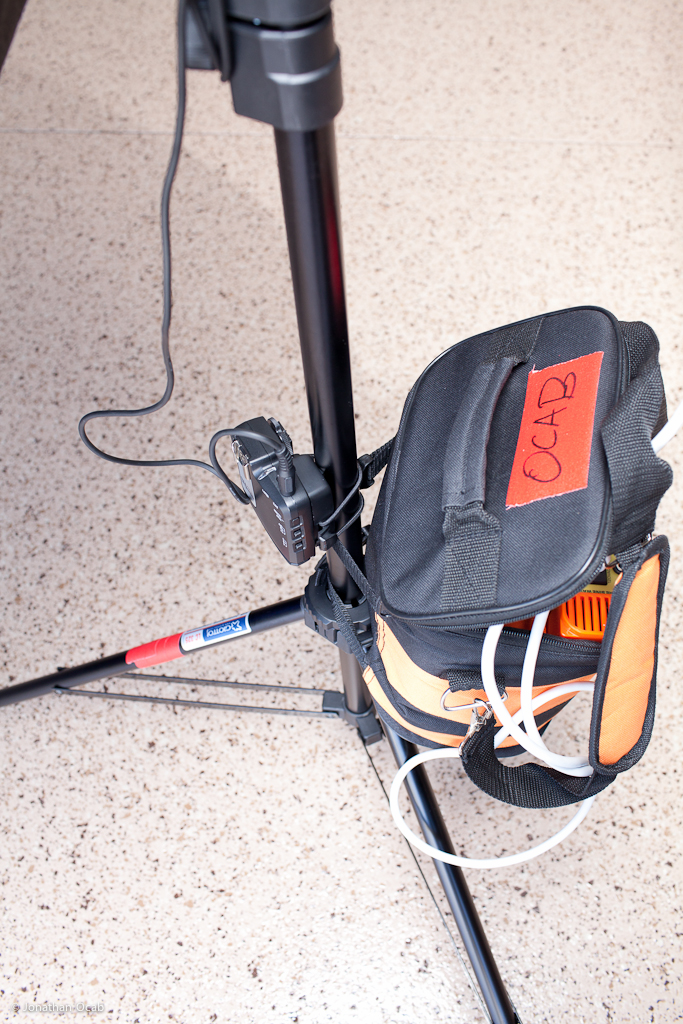
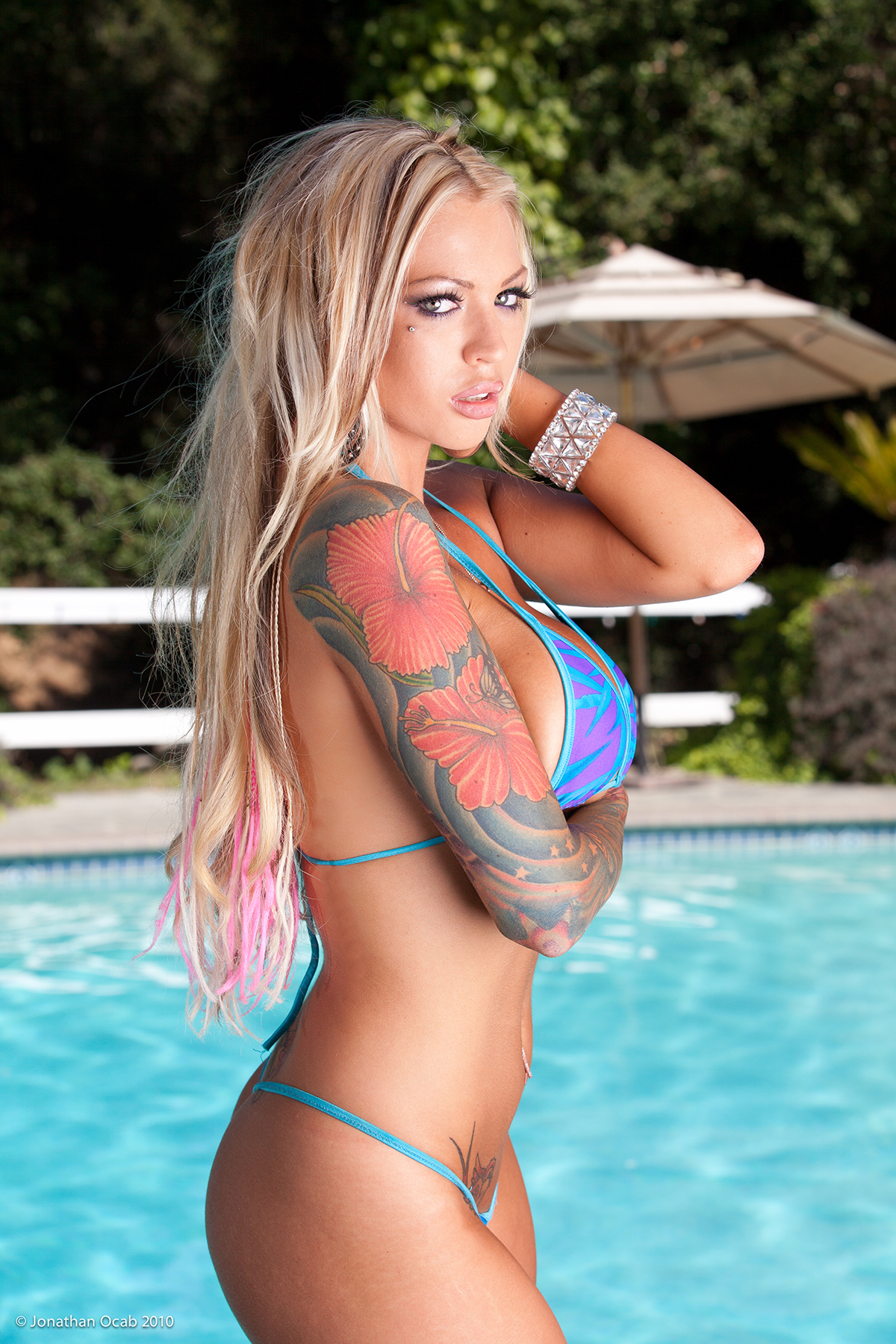
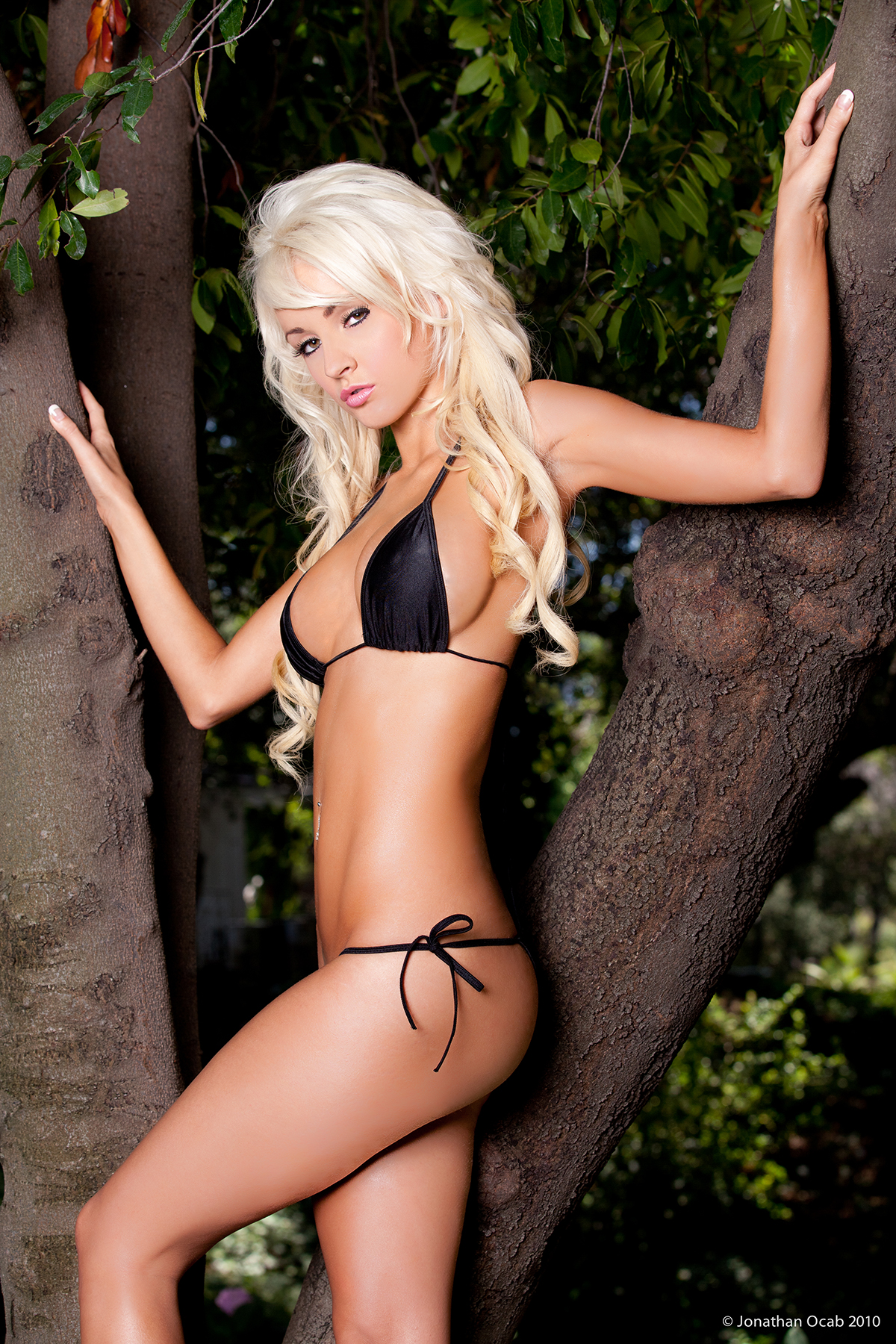
Linh
Out of curiosity, how do you like your alienbee so far, and have you received the einstein yet? Any particular reason you went in this direction over say, the elinchrom BX500ri?
ocabj
I’m really liking the Alien Bee for portraiture. Having a powerful strobe with a huge modifier like a 47″ octabox makes for great lighting. I have *not* received my Einstein, yet. They had to redesign the first version due to PocketWizard interference issues so that delayed it. I heard they are shipping version 2 now to being to fill all the pre-orders (yes, preorders) and will get to the backorders after that. Technically my order is a backorder.
The reason I went Alien Bees is because the people I met at the group shoots in my area for the most part all use Alien Bees or some other Paul C Buff product (White Lightning, Einstein). The low startup cost, customer support, and established user base made it a logical choice for a ‘rookie’ portrait photographer. Not to mention that if I decide to switch platforms or otherwise upgrade my Alien Bees, they have excellent resale value.
Flipster
Is there a reason (other than personal preference) that you went with the Octabox over a Softbox… what’s the quality of the Octabox like? I saw another link on Youtube showing the Octabox (saw it after I watched yours) and it only showed one diffusion panel… I ‘assume’ there are two as it does mention two on Paul Buff’s website.
From what I can see, the Octabox looks fabulous, I just thought I’d ask your opinion on the construction quality of the unit.
Thanks…
Simple Light Stand Modification – ocabj.net
[…] since I bought my Alien Bees B1600 studio light, 47″ octabox, and PCB Vagabond II back in June, I have been putting the setup to good […]